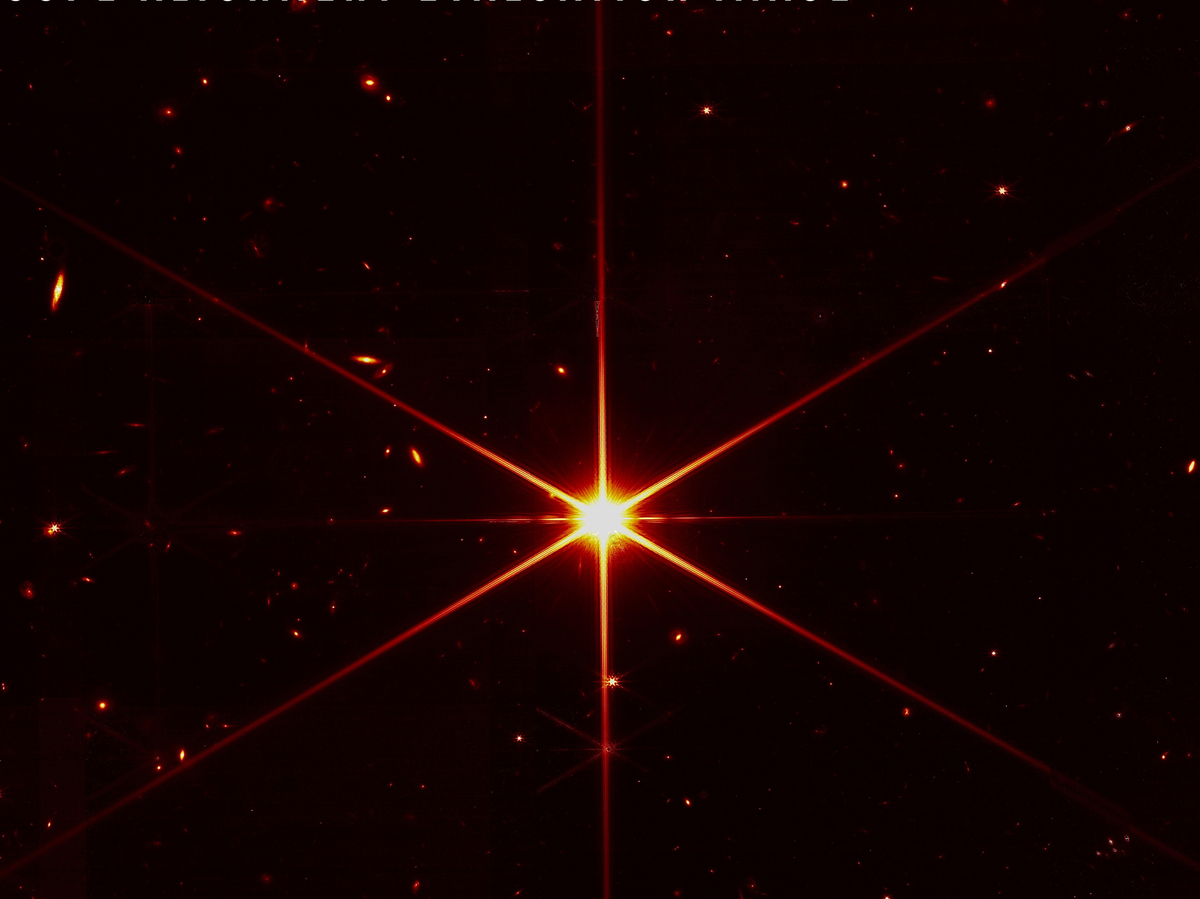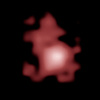New star image shows James Webb Space Telescope’s optics are performing well : NPR

This image of a star was taken as part of the evaluation process as as the James Webb Space Telescope’s mirror segments were carefully aligned.
NASA / STScI
hide caption
toggle caption
NASA / STScI

This image of a star was taken as part of the evaluation process as as the James Webb Space Telescope’s mirror segments were carefully aligned.
NASA / STScI
A super-sharp image of a bright star — released by NASA — shows that the optics seem to be working perfectly on the James Webb Space Telescope.
The $10 billion infrared telescope launched in December after decades of development and construction, and thrilled astronomers when it successfully unfolded itself out in space.
Now scientists say that its 18 separate mirror segments have been precisely aligned so that they can act as one giant mirror that’s about 21 feet across.
“When the first images came down, we were in the mission control center and it was a very emotional moment,” says Lee Feinberg, the Webb optical telescope element manager at NASA’s Goddard Space Flight Center in Greenbelt, Maryland. “I’m happy to say that the optical performance of the telescope is absolutely phenomenal. It is really working extremely well.”
During the alignment process, astronomers would aim the telescope at bright stars. Earlier pictures released by NASA showed how the segments would act like individual telescopes, with each returning a separate image of the same star.

The primary mirror of NASA’s James Webb Space Telescope consists of 18 hexagonal mirrors. The telescope is now in space with its mirror segments aligned.
Chris Gunn/NASA
hide caption
toggle caption
Chris Gunn/NASA

The primary mirror of NASA’s James Webb Space Telescope consists of 18 hexagonal mirrors. The telescope is now in space with its mirror segments aligned.
Chris Gunn/NASA
Now, though, the mirror segments can work together. And the results are everything that astronomers dared to hope for.
“As we were focusing on those bright stars we couldn’t help but see the rest of the universe coming into focus behind them, to see the more distant stars and galaxies coming into view,” says Marshall Perrin, an astronomer with the Space Telescope Science Institute in Baltimore. “And honestly the team was giddy at times, just seeing this happen.”
“There is no way to look at these data and not be excited at the scientific possibilities that are opening up here,” Perrin says.
There’s still weeks of engineering work ahead before the telescope is ready to do science; it still needs to be fully set up to work with all of its different instruments.
Starting this summer, though, it should be able to gather light that shows how some of the first galaxies looked, just a couple hundred million years after the Big Bang. The telescope will also be used to probe the atmospheres of planets that orbit distant stars, searching for any chemical signatures that might indicate the presence of life.
Read More: New star image shows James Webb Space Telescope’s optics are performing well : NPR




